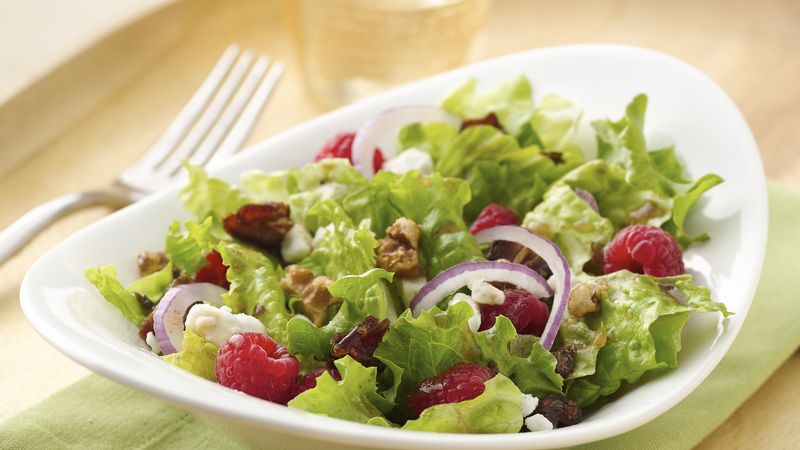Salad dressings are the unsung heroes of culinary alchemy, transforming a humble bowl of greens into a flavor-packed delight. While store-bought dressings offer convenience, mastering the art of homemade dressings allows you to customize flavors, control ingredients, and elevate your salad experience to new heights.
Why Homemade Dressings?
Commercial salad dressings often come with hidden sugars, excessive sodium, and preservatives. By crafting your own dressings, you have the power to choose wholesome ingredients, experiment with unique flavors, and tailor the dressing to suit your taste preferences and dietary needs.
Basic Components of a Salad Dressing
A classic vinaigrette serves as the foundation for many homemade dressings. The basic components include:
- Oil: Extra virgin olive oil is a popular choice, but you can also explore other oils like avocado or walnut for unique flavors.
- Acid: Common acids include balsamic or red wine vinegar, citrus juices, or even mustard. The acid balances the richness of the oil.
- Emulsifier: Ingredients like Dijon mustard or honey help emulsify the dressing, creating a smooth and cohesive texture.
- Seasonings: Herbs, garlic, shallots, salt, and pepper add depth and complexity to the dressing.
Elevating Flavor Profiles
The beauty of homemade dressings lies in their versatility. You can experiment with various ingredients to create dressings that complement specific salads or suit your mood. Here are a few ideas to elevate your salad dressing game:
- Creamy Avocado Lime Dressing: Blend ripe avocado with lime juice, Greek yogurt, and cilantro for a creamy and zesty dressing.
- Maple Dijon Vinaigrette: Combine Dijon mustard, maple syrup, apple cider vinegar, and olive oil for a sweet and tangy vinaigrette.
- Tahini Turmeric Dressing: Mix tahini with lemon juice, turmeric, garlic, and a touch of honey for a vibrant and earthy dressing.
Experimentation and Customization
The key to mastering the art of salad dressing is experimentation. Don’t be afraid to play with different ratios, herbs, and flavors. Consider the type of salad you’re preparing and adjust the dressing accordingly. A hearty kale salad might benefit from a robust balsamic vinaigrette, while a delicate mixed greens salad may pair well with a light citrus dressing.
Storage and Shelf Life
Homemade dressings are best enjoyed fresh, but you can prepare larger batches and store them in airtight containers in the refrigerator. Shake or whisk the dressing before each use to re-emulsify and redistribute the flavors. Most homemade dressings will last for about a week to ten days, depending on the ingredients used.
Final Thoughts
Elevating your greens with homemade flavors through artisanal dressings is a simple yet impactful way to enhance your culinary experience. As you delve into the world of homemade dressings, you’ll discover endless possibilities to tailor your salads to your liking, making each bite a delightful journey of flavors.
In conclusion, the art of salad dressing is a skill worth cultivating for anyone seeking to add a personal touch to their meals. With a bit of creativity and experimentation, you can turn a basic salad into a culinary masterpiece, one dressing at a time.









